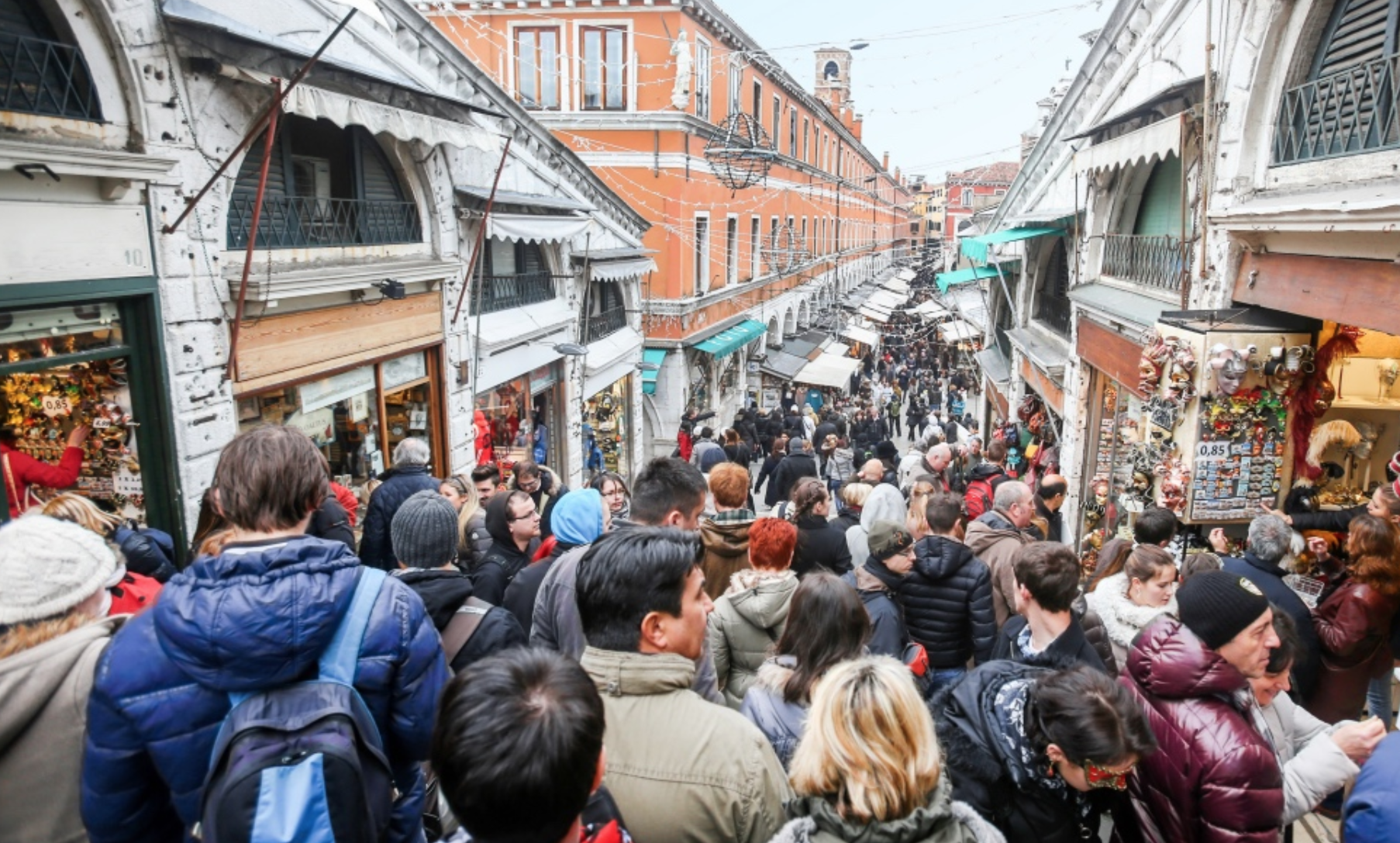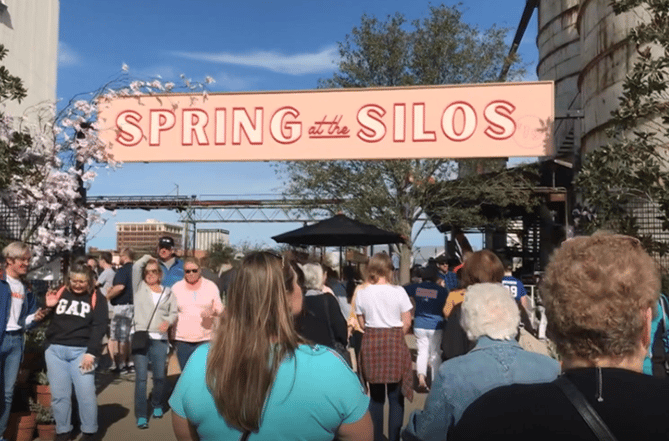Overcoming overtourism: the evolution of destination marketing (part II)
July 16, 2019
By Special Contributor Tyler Anderson

In an era of low cost air travel and affordable lodging alternatives, more people are able to visit destinations once never thought possible. And with tourism arrivals growing 6% annually, suddenly "overtourism" has become a real and all-too-common issue facing destination marketers the world over.
Overtourism occurs when a destination sees so many visitors a year that it becomes overwhelmed, leading to headaches for locals and negative trip experiences for travelers. In a TravelMarketReport survey, 80% of top destinations cited problems arising from overtourism. These can include damage to important cultural or historical sites, trash and pollution from tourists, or the general overcrowding of transportation and landmarks.
Indirect problems also stem from overtourism. In some markets, rising housing costs are in part a result of more properties being used to fill increasing AirBnB demand. Or what happens when a market becomes too dependent on those big crowds, then disaster strikes? One such example is Egypt. Once a textbook case of overtourism, Egypt’s economy was plunged into turmoil when the country was deemed too dangerous for travel, and according to Public Radio International, its tourism industry lost $2.5 billion in two-year period. In that case, overtourism created a bubble economy that burst at the first sign of disruption.
 Tourists overwhelm a beach in Spain.
Tourists overwhelm a beach in Spain.For DMOs, overtourism often leaves them the victims of their own success. Bringing in more people than a destination is equipped to handle only serves to tarnish that destination in the eyes of vacationers. Look no further than the Barcelona anti-tourism protests of 2017 to see how destructive the issue can be for a destination’s reputation. And U.S. hot spots like New Orleans and Hawaii have shown the potential for similar backlashes.
These flare-ups can lead to knee-jerk responses by local governments with questionable outcomes. Some tack on extra costs and entry fees, which may help offset the costs of overtourism, but can also fuel negative feelings among visitors.
So, what can a smart DMO do to mitigate overtourism, and in turn market vacationing in a healthier way for tourists and locals alike? Here are five suggestions.
1. Community First
Across the US and around the world, DMOs have discovered the value of an inclusive approach to community involvement. In recent years, cities such as Dallas, and states like Florida, have all found their DMOs buffeted by shifting political winds, with budgets slashed and oversight questioned. But beyond politics, an open door to the community can solve issues relating to overtourism as well.
Promoting collaboration with local governments allows for solutions that are mutually beneficial to locals and tourists. Both parties have a vested interest in delivering the smoothest travel experience and promoting sustainable development. Access to policymakers and establishing communication with them can help resolve any issue before the problem gets too big to manage and more drastic solutions are necessary. The more invested the community is in its tourism industry, the more willing it’ll be to help find solutions that work for everyone.
One example of this working effectively is the Faroe Islands. After a 10% surge in tourism in one year, the Faroe Islands managed to turn the issue on its ear, actively promoting the decision to close down to tourists for one weekend, while inviting “voluntourists” to come and help contribute to maintaining the archipelago’s natural beauty.
2. From Broad to Niche Targeting
DMOs should also take a look at how it markets a region to begin with. In many cases, the destination would be better served by moving towards a more niche approach, curating more fulfilling trip experiences for specific types of travelers. For example, a coastal destination dealing with overuse of its beach attractions could invest in marketing to an older crowd drawn more to its arts and cultural offerings. Not only does this alleviate traffic to its core assets, it also helps diversify the region’s overall appeal to those elusive off-peak travelers so many destinations crave.
3. Crowd Control
Another preventative measure a DMO can take is to actively manage crowded sites. A surprising amount of locations, from UNESCO World Heritage sites to National Parks, currently have no plan for tourism management. 53 UNESCO sites are currently on the “danger” list for overtourism, and reports from travel publications like Skift indicate little is being done to stop that number from growing.
This lack of planning can lead to disaster. Overcrowding doesn’t just mean poor reviews, it also leads to the destruction of the site and the loss of the area’s popularity entirely. DMOs must take the initiative and step in to aid tourism management in sites that do not have prevention methods in place.
4. Partner Destinations: From Here to There
Another important step in prevention is the shift to promoting “second city” or partner destinations. These might be less congested areas with more available lodging, yet still near major destination sites. During the peak travel season, sending tourists to these secondary locations helps lighten the load on major cities that are seeing the negative effects of overtourism. An overnight trip to Waco, the “Fixer-Upper” mecca of Texas, has become the norm for many tourists visiting Austin or Dallas. Such cities can be marketed as an extension of one’s trip to the primary location, while often costing less for the visitor.
As we discussed recently with Mintel in the /Explore Podcast, that can make for a tantalizing draw, with 64% of travelers willing to alter existing travel plans for cheaper options, even while on the trip itself.
 Tourists flock to The Silos, part of Waco's push to become a bigger player in Texas tourism.
Tourists flock to The Silos, part of Waco's push to become a bigger player in Texas tourism.5. Keep It Real
Current trends make it clear: people want authentic experiences. And locally owned, immersive lodging options are a great way to offer them. Today’s travelers love accommodations that are owned by in-the-know locals who can offer tours, tips, and planning advice. Supporting the local lodging community also goes a long way to combating the overuse of home sharing options like AirBnB that are known to raise the cost of living and drive locals out of their homes.
Going Forward
It’s crucial for the health of any destination that the relationship between tourism and the community be mutually beneficial. And finding the right balance is a burden squarely on the DMO’s shoulders. So while overtourism appears to be a trend that isn’t going away anytime soon, a proactive DMO that’s engaged with the community is the best tool for keeping the negative effects of this trend in check.



